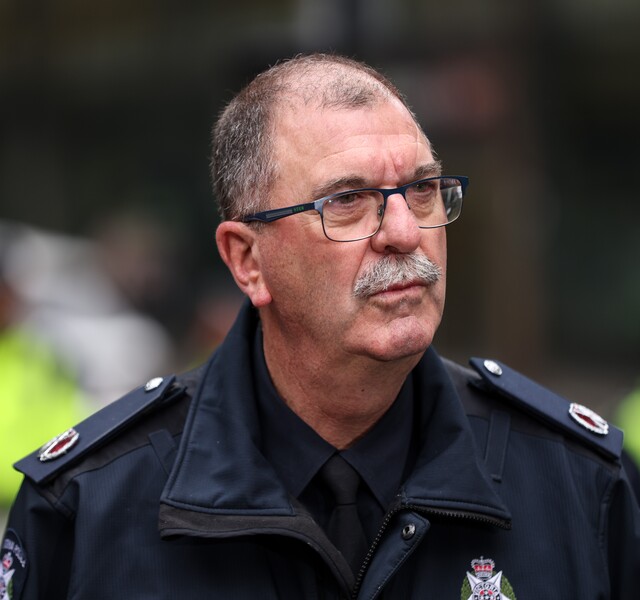OFTEN we don’t take the time to visit and understand all the different places and geographic features of the area we live in.
Following questions from several local men who have recently come to live in the district, earlier this month a community bus was organised to take a group of 16 on a tour.
The tour started in Cohuna and travelled around beautiful Gunbower Island Drive, making its way to the new Hipwells weir, which was built to divert environmental flows into Gunbower State Forest.
From there, we ventured through the forest to the old headworks site, where the original irrigation scheme extracted water from the Murray River.
Although it is well over 100 years old now, there is still quite a lot to see which gives rise to a sense of amazement at how our forefathers created and acted out the dream of irrigation for our community.
We travelled on to Torrumbarry lock, known as lock 26, which plays a key role in the control of water flowing down the Murray on its long journey to the sea.
We then wandered back through various parts of Gunbower Island – including Fox Island, where the Gunbower racecourse is situated – taking the opportunity to look at the weir structures which control the flow from the river to Kow Swamp via Taylors Creek, also sending water downstream to Cohuna which finally completes the journey to join the Murray once again at Koondrook.
After touring around parts of Kow Swamp we moved on to the Leitchville Hotel for lunch.
Next stop was the Pyramid Hill quarry operated by Mawsons, where it was interesting to see how granite rock is mined and crushed to provide so many materials for use in roads, concrete and other building products.
Following the old Pyramid Hill-Leitchville Rd to the base of Mount Hope, we then moved on to the Pyramid Hill salt works on the Pyramid Creek, often referred to by locals as Box Creek.
The manager of the works gave an interesting update on the operation and the importance of salt reclamation to improve water quality within the Murray- Darling basin.
Next stop was the McKenzie feedlot, where in-coming animals are well cared for and grown out to produce high-quality beef.
We once again looked at the water supply system in an area called the Flume.
Here the Pyramid/Box Creek and the Bullock Creek meet, and the system requires a crossover structure for irrigation supply.
We then went on to visit the solar farm being constructed at Horfield, also stopping to see some old school sites and generally updating our knowledge of the farm ownership following the development that has taken place.
We returned to Cohuna, having spent the day having social conversations, sharing ideas and increasing our appreciation of what our district is made up of and what drives its economy and people.
It was a most successful outing.







